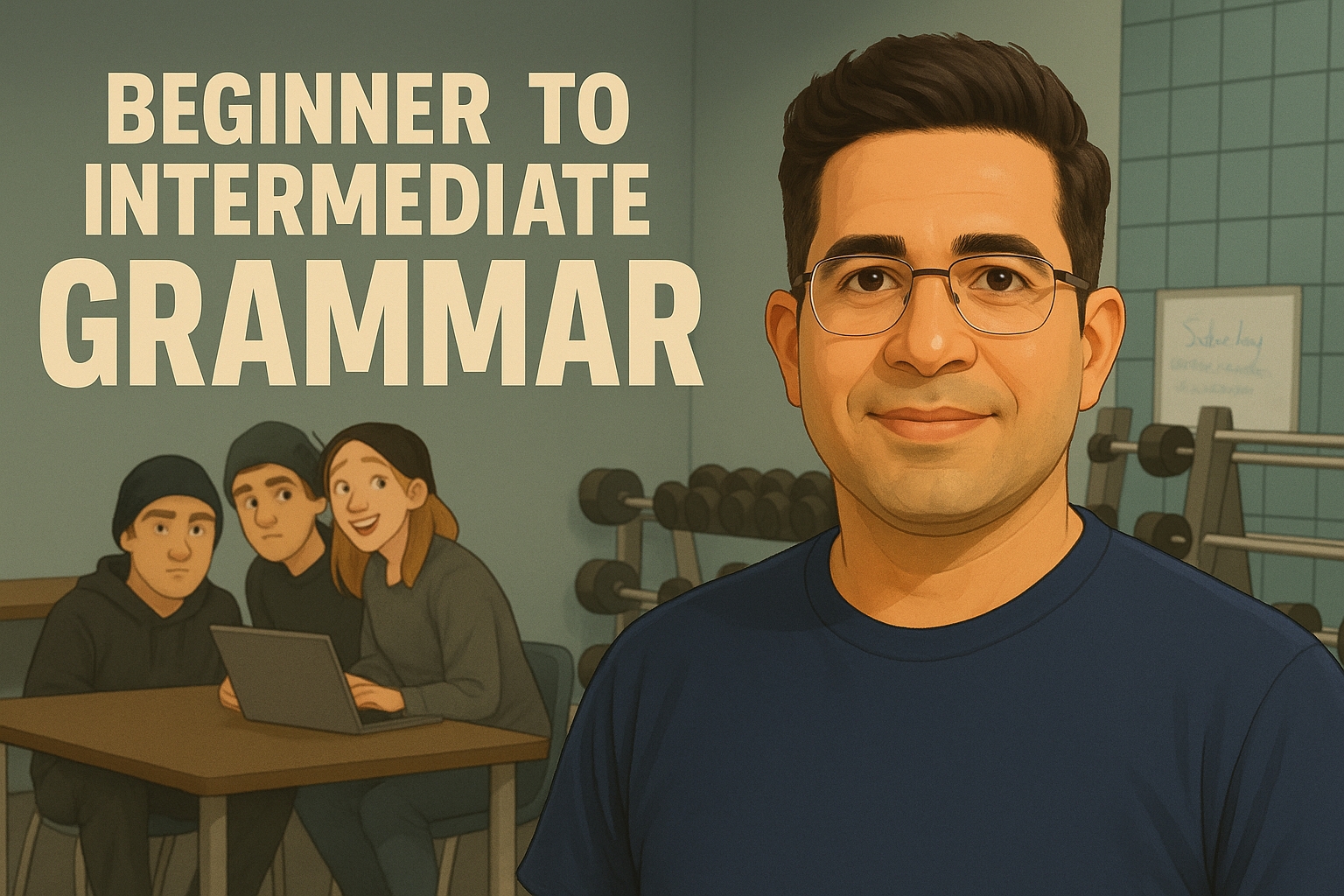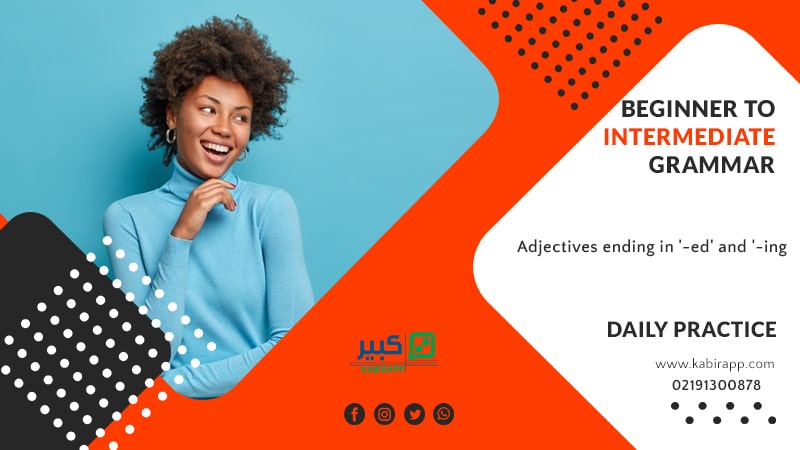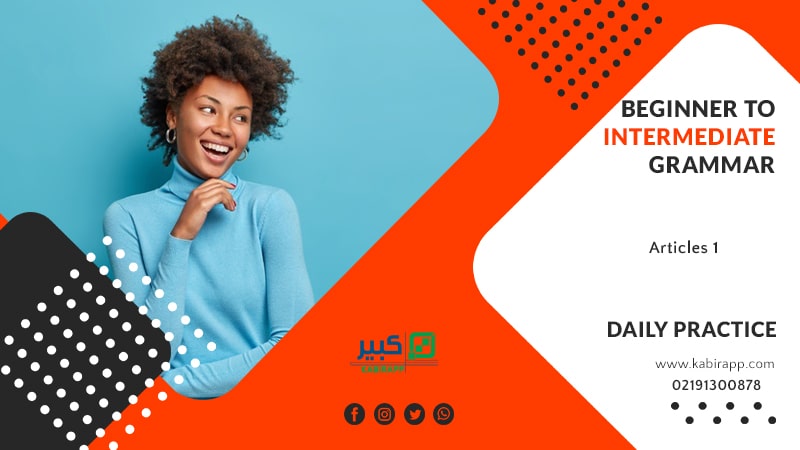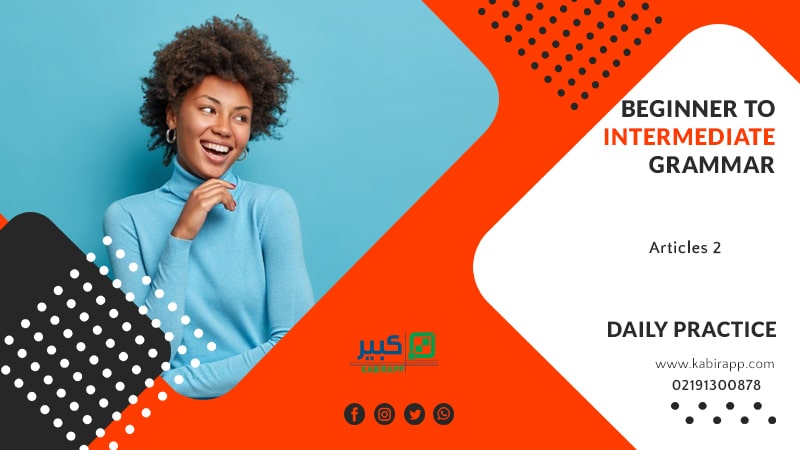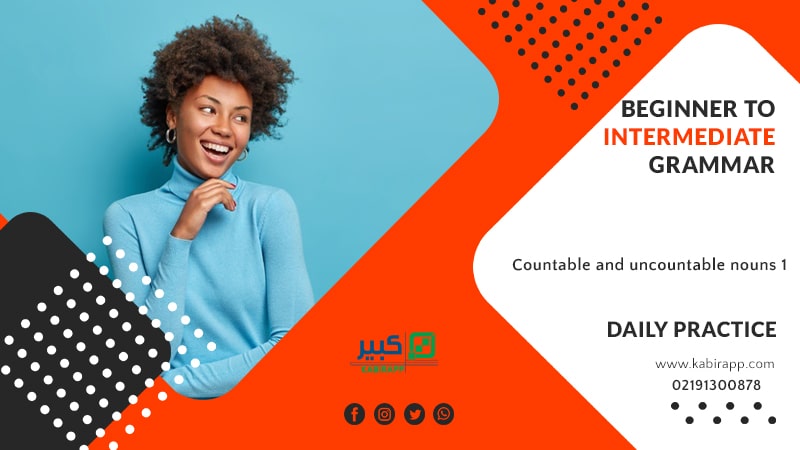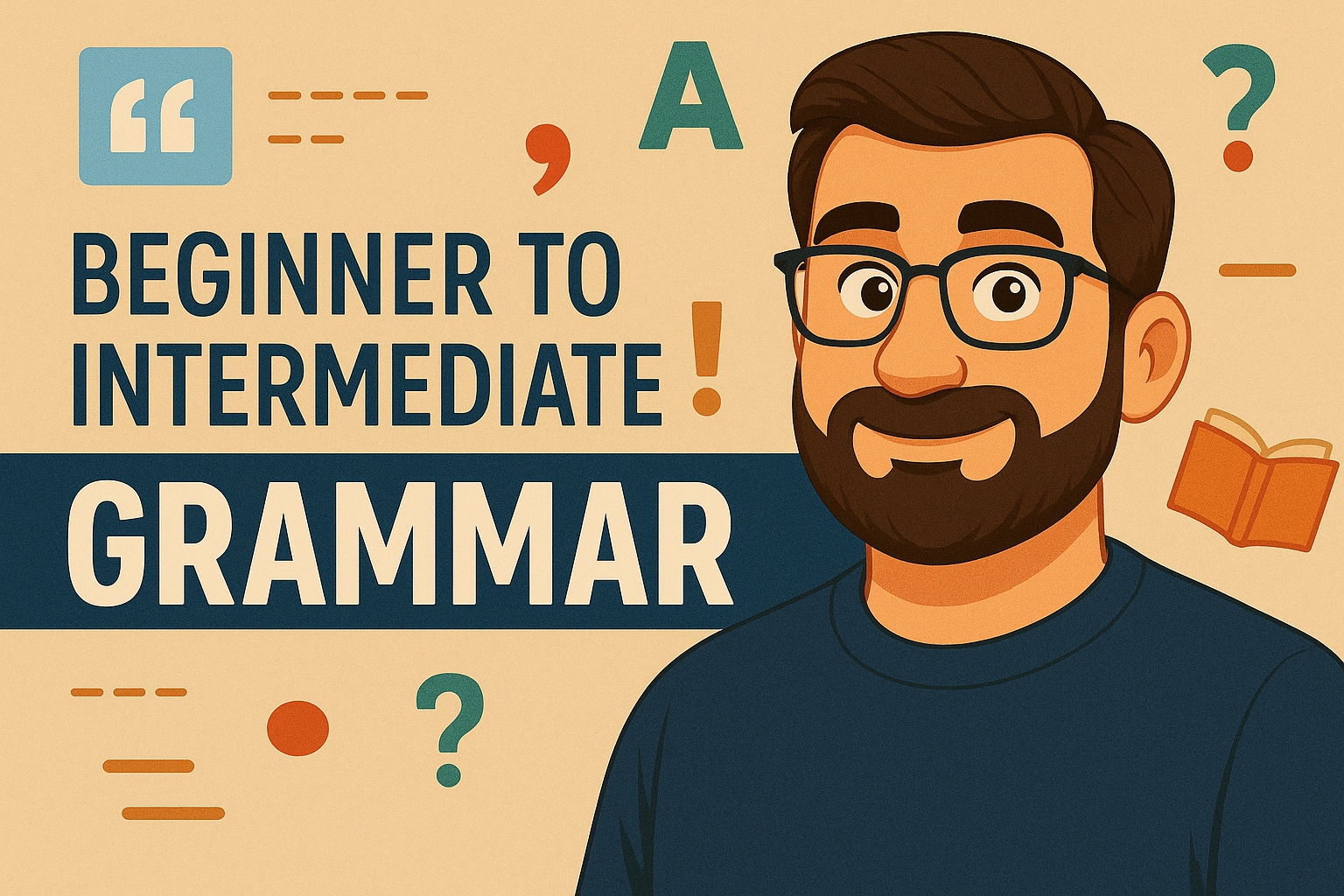محتوای الکترونیکی
Clause structure and verb patterns
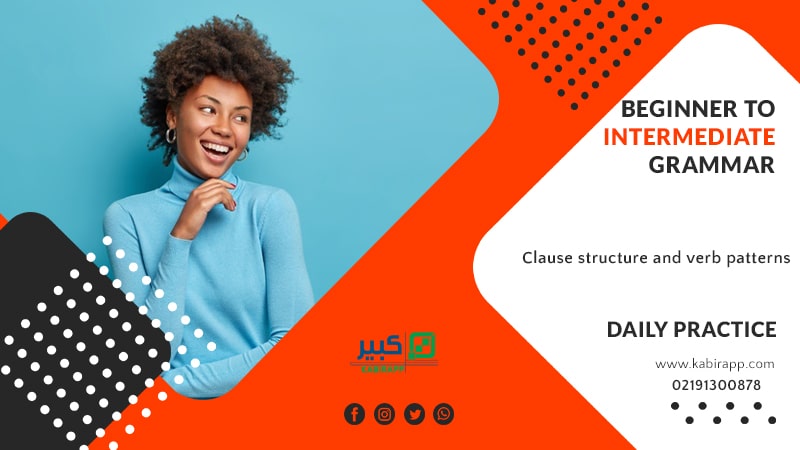
Level: elementary
Clause structure
All clauses in English have at least two parts, a noun phrase (subject) and a verb phrase:
| Noun phrase (subject) | Verb phrase |
|---|---|
| The children | laughed. |
| All the people in the bus | were watching. |
But most clauses have more than two parts:
| Noun phrase (subject) | Verb phrase | ||
|---|---|---|---|
| John | wanted | a new bicycle. | |
| All of the girls | are learning | English. | |
| This soup | tastes | awful. | |
| Mary and the family | were driving | to Madrid. | |
| She | put | the flowers | in a vase. |
The first noun phrase of a sentence is the subject. English clauses always have a subject:
His father has just retired. He was a teacher. (NOT Was a teacher.)Is late.)
except for the imperative, which is used for orders, invitations and requests:
Stop!
Please come to dinner tomorrow.
Play it again, please.
If we have no other subject, we use there or it. We call this a dummy subject:
There were twenty people at the meeting.
There will be an eclipse of the moon tonight.
It's a lovely day.
It's nearly one o’clock.
Verb patterns
Different verbs have different patterns, so the structure of the clause depends on the verb.
Transitive and intransitive verbs
Most verbs in English are either transitive or intransitive. A transitive verb has the structure noun + verb + noun:
Noun (subject) Verb Noun (object) John wanted a new bicycle. Transitive verbs need an object. Common transitive verbs are:
bring
buyenjoy
likemake
takewant
wearAn intransitive verb has the structure noun + verb:
Noun (subject) Verb John smiled. Intransitive verbs do not have an object. Common intransitive verbs are:
arrive
crydie
fallhappen
laughsmile
workSome verbs can be either transitive or intransitive:
She sang a wonderful aria.
We were singing.Transitive: N + V + N
Intransitive: N + VWe were playing football.
We were just playing.Transitive: N + V + N
Intransitive: N + VCommon verbs like this are:
draw
followhelp
learnride
studywatch
write
Other patterns
Some verbs are both transitive and intransitive, but the object when they are transitive is the same as the subject when they are intransitive:
Peter closed the door.
The door closed.Transitive: N + V + N
Intransitive: N + V
I boiled some water.
The water boiled.Transitive: N + V + N
Intransitive: N + VThese are called ergative verbs.
There are other kinds of verb patterns. For example:
- link verbs have the structure Noun + Verb + Adjective (She looks happy) or Noun + Verb + Noun (He became a teacher).
- some two-part verbs can have the structure Noun + Verb + Particle + Noun (She gave back the money) or Noun + Verb + Noun + Particle (She gave the money back).
- double object verbs have the structure: Noun + Verb + Noun + Noun (Peter sent his mother some flowers).
- verbs followed by the infinitive (We planned to take a holiday.)
- verbs followed by the -ing form (I love swimming.)
- verbs with that, wh- and if clauses (She said that …, He explained what …, He asked if … .) These are often reporting verbs.
|
|
خودآزمایی ها |
Grammar tests
Grammar tests 1
Grammar tests 2
6 نظر
double obj: they took the youngsters freedom. the history give people identify. v+ infinitive : she wants to cook cake. this is my question: (blend with, stand out) are these verb two part verb and use the noun between two part of them?
double obj: they took the youngsters freedom. the history give people identify. v+ infinitive : she wants to cook cake. this is my question: (blend with, stand out) are these verb two part verb and use the noun between two part of them? the teacher explained when student should send their assignments.( is this sentence correct?)
the children enjoy playing football in the yard. the government stopped to tempt people.
the war become lengthy _ he advise a book i would find the secret out worker stop hard project we sang to reenergize the party she got reading they love that apple garden
Clause structure: David laughed. Imperative: Order: Arrest the criminals/ Invitation: Come to my party tonight/ Requests: please, play it again -There were plenty of angry guys - It can passed in better way. V patterns: Transitive: Linda brings piano. Intarsitive: coworkers arrived. Both type: He draw a magnificent picture. / They are drawing. Ergative verbs: He cook meat. The meat cooks Link verbs: he works hard./He became a worker. Two part verbs: we carry out the task. / We carry the task out. Double object verbs: I show the evidence to the judge. Followed by infinitive: Ali managed to do the assignments. Followed by -ing form: she goes shopping. Rporting verbs: With that: I argued that issue is not a big deal. With wh-: I wonder what makes she happy. With if clause: The teacher asked if he was ready continued the class.
There were 5 buildings near our hotel. Most of teenager want unusual cloths the situation worse.
لطفا وارد شوید و نظر خود را ثبت نمایید.
بهترین ها
| نام | تعداد آزمون | میزان موفقیت | |
|---|---|---|---|
| reza rouzkhosh | 2 | 100/00 % | |
| یاشار اسکندری | 2 | 100/00 % | |
| Farnoush Toghiany | 2 | 100/00 % | |
| arezoo sheikhanian | 2 | 97/06 % | |
| Bahareh slt | 2 | 94/12 % | |
| Alireza Fadaei | 2 | 94/12 % | |
| aram farhmand | 2 | 94/12 % | |
| محمد خزایی | 2 | 94/12 % | |
| Parvin Nemati | 2 | 88/24 % | |
| samaneh amirkhani najafabadi | 2 | 88/24 % | |
| Matin Azimipour | 2 | 88/24 % | |
| پانتهآ خسروی | 2 | 88/24 % | |
| Fardin Azhdari | 2 | 85/29 % | |
| سپهر عالیوند | 2 | 82/35 % | |
| shamim Moeini | 2 | 82/35 % | |
| Mahla m | 2 | 82/35 % | |
| نازيلا حاجي صباغ | 1 | 81/82 % | |
| shima hajian | 2 | 79/41 % | |
| سعید نصیری | 2 | 79/41 % | |
| Kimia Fooladgar | 2 | 79/41 % |
| نام | تعداد آزمون | میزان موفقیت | |
|---|---|---|---|
| َAmeneh Darvishzadeh | 1 | 100/00 % | |
| Mehrad Hashemi | 1 | 100/00 % | |
| مهدی حسین پور آقائی | 1 | 100/00 % | |
| Farnoush Toghiany | 21 | 98/36 % | |
| zahra namdari | 46 | 98/21 % | |
| یاسمن محمدی پور | 4 | 98/08 % | |
| Sheida Taheri | 3 | 97/37 % | |
| پژمان همدانی | 3 | 97/37 % | |
| محمدحسین میرزایی | 3 | 97/30 % | |
| Tara Mohammadi | 3 | 96/43 % | |
| yasaman mohamadipur | 51 | 95/86 % | |
| محمدجواد ملائی اردستانی | 3 | 94/44 % | |
| Arzhang Saberi | 4 | 93/33 % | |
| Soheila Karimi | 124 | 92/73 % | |
| aram farhmand | 10 | 92/31 % | |
| یاشار اسکندری | 98 | 91/14 % | |
| الشان مقیمی آذر | 11 | 90/80 % | |
| عباس پورمیدانی | 1 | 90/00 % | |
| پریسا سلوکی شهرضایی | 72 | 89/49 % | |
| ارشیا قلمکاری | 33 | 89/23 % |
